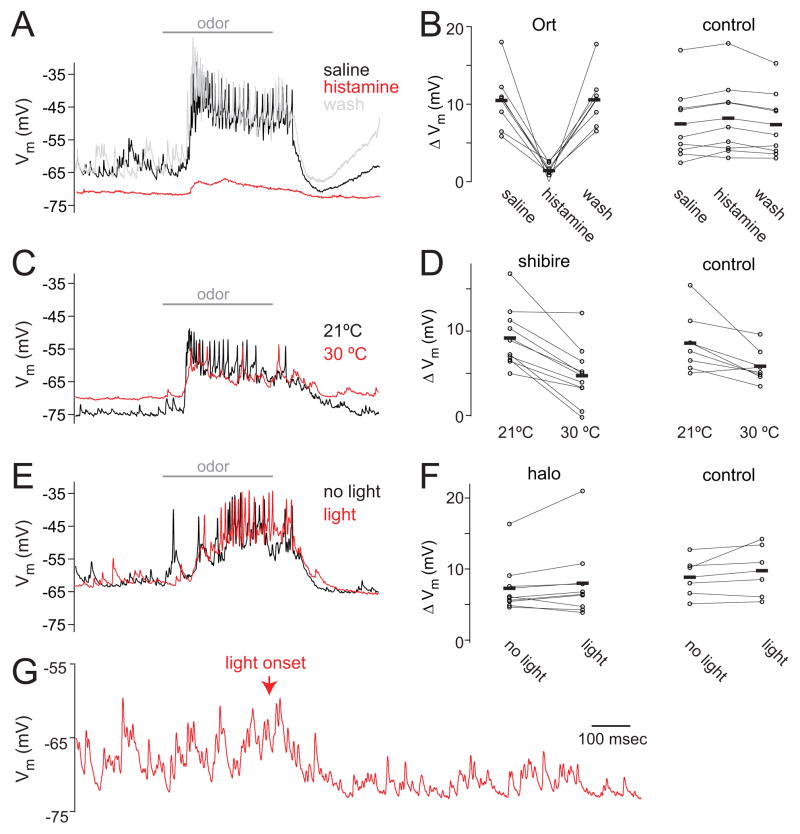Figure 5. Comparison between Ort, shibirets, and halorhodopsin in silencing ORN input to PNs.
(A) A recording from a PN in a fly where Ort is selectively expressed in ORNs. Horizontal bar indicates the period (500 ms) of odor application. Histamine dramatically reduces odor-evoked activity in the PN, indicating that it is effective in silencing ORNs. Histamine also eliminates spontaneous EPSPs. In this example, the odor is pentyl acetate.
(B) Odor response in regular saline, 100 μM histamine, and wash (measured as the odor-evoked change in membrane potential, n = 7 Ort and 9 control genotype). Histamine significantly reduces the odor response in flies where ORNs express Ort (p < 0.005, paired t-test). In control flies, histamine has little effect, although the small amount of potentiation is in this case statistically significant (p = 0.02, paired t-test).
(C) A recording from a PN in a fly where shibirets is selectively expressed in ORNs. Shifting the bath to the restrictive temperature inhibits odor-evoked activity in this recording, albeit partially, and eliminates most of the spontaneous activity. The membrane potential also depolarizes. In this example, the odor is a blend of fenchone, pentyl acetate, benzaldehyde, ethyl acetate and ethyl butyrate.
(D) Odor response at the restrictive and permissive temperature (n = 10 shibirets and 7 control genotype). Raising the temperature significantly reduces the odor response in shibirets flies (p < 0.001, paired t-test). Shifting the bath temperature also modestly reduces the odor response of control flies (p < 0.05, paired t-test).
(E) A recording from a PN in a fly where halorhodopsin is selectively expressed in ORNs. Illuminating the preparation with green light had little effect. Here the odor is trans-2-hexenal.
(F) Odor response in interleaved trials with light versus no light (n = 9 halorhodopsin and 6 control genotype). Light does not have a significant effect in either halorhodopsin flies or control flies (p = 0.26 and 0.22, paired t-tests).
(G) At higher light intensities than those used above (E,F), we saw that light produced a nonspecific suppression of activity. This example PN was recorded in a fly where the Gal4 transgene was omitted, so no halorhodopsin should be expressed. The magnitude of this effect was similar in flies with and without the transgene. The light intensity here was four times that used in (E,F); see Experimental Procedures.

